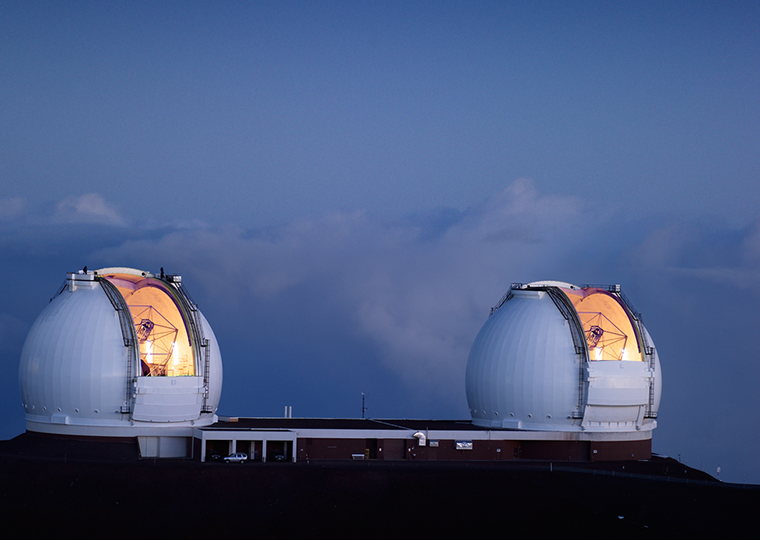Are older inventors weighed down by obsolete knowledge? Young inventors don’t carry that burden
Necessity may be the mother of invention, but collaboration is clearly in the mix as well. The typical patent application in the United States lists an average of three inventors.
While it seems plausible, if not downright logical, that young inventors would lean heavily on their older collaborators as sources of knowledge and wisdom, UCLA Anderson’s Christopher Esposito, a postdoctoral fellow, makes a case that it is from collaborations with the young — between the ages of 35 and 44 — that inventors learn their most useful ideas.
Esposito’s working paper does not suggest that this is a function of younger inventors being more productive. Rather, Esposito lands on an explanation that dovetails with other recent research that the cumulative experience of an older inventor may not only be a benefit but also a drawback. The once-valuable knowledge from earlier in a long career can become obsolete, especially in fields where the rate of technological change is fast. Younger inventors tend to know fresher ideas that are more useful for pushing the knowledge frontier.
Negative Impact of Losing an Early-Career Colleague
To tease out age-based impacts on inventor collaboration, Esposito studies the patent output of an inventor when a collaborator on a prior invention(s) dies prematurely, which Esposito deems to be age 60 or younger.
Using prior research that linked age and death information for inventors on record at the U.S. patent office, Esposito has a robust data set of 13,305 patent inventors who died before the age of 60 between 1976 and 2020, and more than 56,000 surviving co-inventors.
The graphic below shows the patent production of an inventor before and after losing a young collaborator between the ages of 20-44. The 12 years after the death of a young collaborator shows a marked decline in patent productivity.
Effect of Losing a Junior Collaborator on Patenting
Esposito finds that inventors who lose an early-career collaborator go on to produce 8% fewer patents relative to inventors who lose a collaborator between the ages of 45-59. When the co-inventors had multiple patents together, the loss of a young collaborator is felt even more, with a 13% drop in future patents for the surviving collaborator, relative to when a midcareer repeat collaborator dies. This dynamic persists when Esposito zooms in on “high impact” patents that land in the top quartile of citations in the seven years after a patent is granted.
Moreover, the negative impact of losing a young colleague is more pronounced in fields where innovation revs at a higher speed (see: technology). Esposito sorts inventions into more than 120 fields; when the average age of citations within a patent for a given field is below the annual median, Esposito deems it to be fast moving. The premature loss of a collaborator in fast-moving fields has a more pronounced negative effect on the future patent production of surviving inventors than in more slow-moving fields.
Sorry, Old Guys
Esposito’s paper pushes back against the notion that cumulative knowledge is an important propellant of economic innovation and, instead, provides support for the theory that innovation is “disruptive” in nature. The small number of new ideas known by young inventors are, evidently, more impactful than the larger number of older ideas known by older inventors.
Esposito’s findings add to the ongoing study of why the U.S. has for decades been reaping less productivity from R&D outlays. He makes a case that this decline could be driven by knowledge obsolescence, and that economic expansion — especially in fast evolving fields — might flourish more in a paradigm that embraces funding and relying on the interplay among younger generations of inventors, rather than a top-down structure that often puts power in the hands of the most experienced. “Ideas depreciate over time,” says Esposito. As a consequence, economic models might “overstate the size of the stock of knowledge in the economy, as well as the educational burden associated with bringing new generations of inventors to the knowledge frontier.”
About the Research
Esposito, C. (2024). Age, Death and the Nucleus of Invention. Available at SSRN 4444732.





